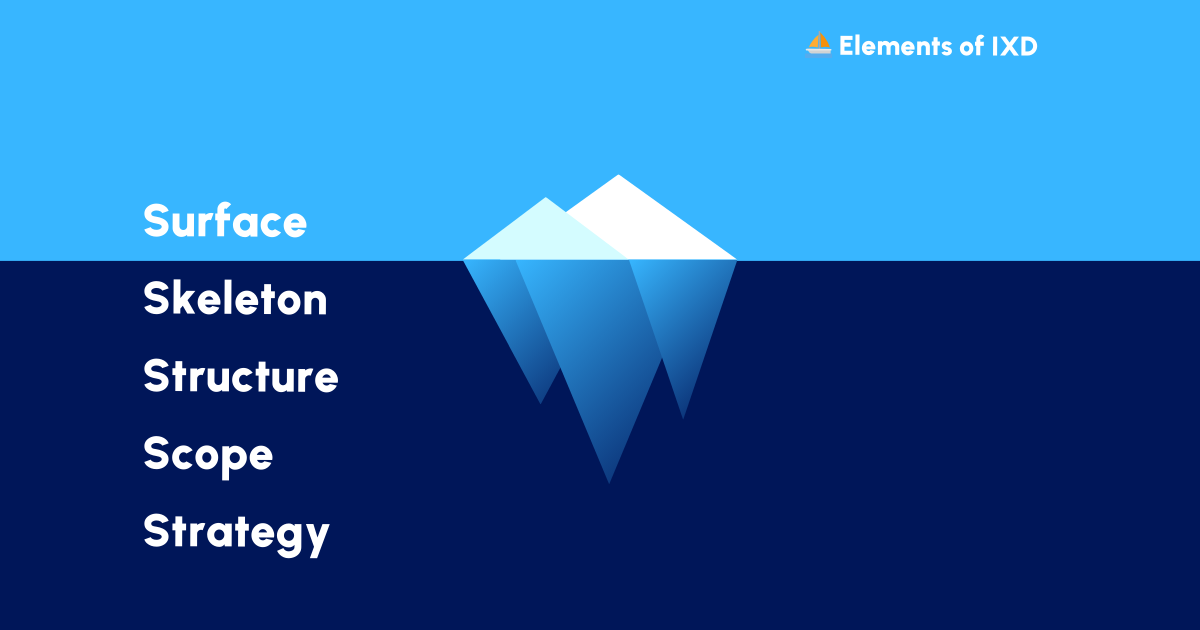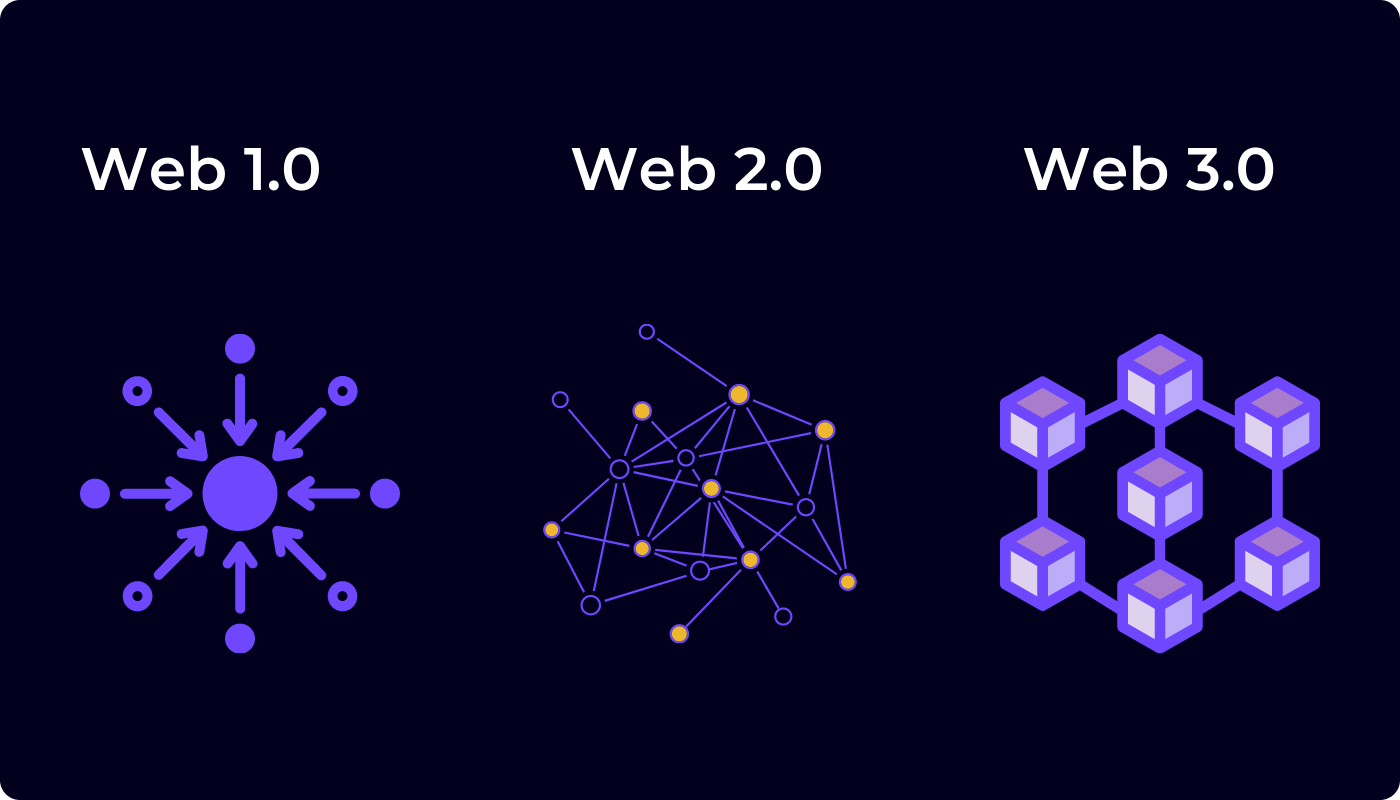
UX design or user experience design is an integral part of product development. Whether it’s a physical product or next groundbreaking SAAS application, an overall good UX design is always the key to success.
Interaction design or IxD is an important part of UX design. It defines how your users will interact with your product or solutions. In a word, it crafts “how to use” for your product for users.
To bring success to your digital products you will need a solid understanding of IxD and it’s elements. In this article, we’ll explore what IxD is, it’s key areas, dimensions, principles and methods.
First things first. What is UX Design?
It is the process of assisting the user to complete goals through usability with planned interaction design. UX extends traditional human-computer interaction (HCI) by addressing the user’s goal, journey, and pain point and proposing an effective solution.
This includes designing products, user research, processes, services, events, omnichannel journeys, and environments with a focus on the quality and culturally relevant solutions.
UX is not guided by a single design discipline. Instead, it needs a cross-disciplinary viewpoint that considers different aspects of the brand, business, community, user group etc.
UX design is consist of the following:
Process
The UX design process has four key phases:
- User research
- Design
- Testing
- Implementation
These are continuous and interactive processes. Thus never-ending.
That is because, throughout the process, we discover new insights that lead us to rethink the design decisions. It is expected to rethink and repeat certain solutions as we iteratively optimize and improve our design thinking.

Interaction design
This defines how users will interact with the design solution we’ve made throughout the UX process. This includes evaluating target user groups’ technical know-how, user needs, business strategy, and our vision for the experience we want our users to have.
Elements
UX elements consist of five dependent layers. They start with an abstract level towards a solid one (from bottom to top).
1. Strategy
In this layer, we define the reason for the product, or the application, why we are creating it, who are the target users, what they desire, why users will be interested to use it, why they need it, real-world applications etc. In short, we are here to define user needs and business objectives.
2. Scope
Defines the specifications for features and concepts. Ideally, it answers what are the features and content of the application or product, what requirements should be met, and what to match with the strategic priorities.
3. Structure
Defines how the user interacts with the product, how the system behaves upon user interaction, how it is structured and prioritized. The structure is divided into two components, Interaction Design & Information Architecture.
4. Skeleton
Skeleton describes the visual structure on the user interface, the appearance, and organization of the component layout. It is responsible for how users interact with the features on the interface. Also, how the user navigates through the information and how the information is presented. The goal is to make it efficient, transparent and intuitive.
5. Surface
Wireframing is commonly used to construct a graphic format, which is really a static diagram that depicts the visual format of the object, including information, navigation, and interactions. Wireframes are used to validate design solutions.
Source : Pinterest
Methodology
There are a couple of methodologies to follow while crafting UX design. Like Card Sorting, The Expert Review, Eye Movement Tracking, Field Studies, Usability Testing, Remote Usability Testing, User Personas, to name but a few.
What is Interaction Design or (IxD)
No, IxD is not that fancy, flashy UI animation you see on dribbble. This is bigger than that. And as a UX designer, you need to have a clear understanding of IxD, Its’ importance, method, and principles.
IxD is part of the Human-Computer Interaction (HCI) discipline. It’s a field of study focusing on the design of the interaction between humans (the users) and computers.
IxD is in everything we use in our daily life. Your smart TV menus, smartphone apps, uploading selfies to Instagram, checking sports scores, replying to your boss email, and you name it.
It’s nothing but every action you make on digital services or devices.
As an interaction designer, you have to design the content and functional aspect of the products. While keeping it useful, easy to use, user-friendly, and feasible. Also aligned with brand and commercial interest. All of these are meant to improve the UX.
The importance of improving UX with IxD
You help users through the conversion funnel as you enhance UX. Users will face fewer obstacles on their way to complete the goal. The conversion funnel transforms prospective customers into leads.
Let’s say a user visits your eCommerce website. He or she might read a blog or browse different pages. If your website gives a good first impression, the user will follow you on social media or subscribe to a newsletter or make a purchase.
Once you have the contact details of the user, you have a lead. You can provide the user tips, guidance, deals, and product offering later via email or promotional SMS.
However, the things above might not happen if you haven’t taken the time to improve the UX. Users may refuse to devote more time or make a purchase from your website because of the friction experienced by the user while browsing your website.
By improving UX, you create an easier to use functionality for your consumers to engage with your application. Also, reduce the friction between your website and your target audience. E.g., if you streamline the checkout process, tourists will be more likely to purchase your items.
Simply, UX is responsible for fulfilling the user’s needs. It covers all facets of a user’s contact with the application, including user behavior, actions, expectations, and satisfaction. Focusing on UX will not only help your users but also play a vital role to produce success for your business.
The difference from visual design
The visual design (also known as UI design). It’s a visual representation of the UX design you’ve prepared throughout the UX design process. Both of them are essential for a product and cooperate closely. However, they are very different from each other, relating to very different areas of product creation and design.
The bones reflect the structure if you think of a product like a horse. The organs reflect the UX design: which tests and optimizes various tasks to serve life functions properly. And visual design represents the visual look of the horse; It’s color, shoulder, jaw, muscles etc.

The difference from UX design
Successful IxD without good UX is almost impossible. Interaction design is a part of the UX umbrella.
Key areas of IxD
Knowing the key areas will help prepare your user research. It will ensure that you’re examining each element to some extent and that is working well for your users. Here are the three key areas of IxD.
- Usability
Usability is the bare minimum of IxD. If your users can’t use your product, they certainly won’t desire it. The Usability of a system should be straightforward. The less the user pays attention to figure out how to use it, the more he/she can complete the goal. A system must be usable before it can be beautiful.
- Influence
A critical element of UX is the ability to influence your users to do something. Whether it’s making a purchase or subscribing to the newsletter. The key metric of influence is usually the conversion rate.
- Visual Design
Visual design plays a vital role in UX. This lets users know what they need to respond, what to click or where to navigate. It is the first impression your product will make. Studies have shown that you have 50 milliseconds before users have made their first judgments on your product.
Dimensions of IxD
Gillian Crampton Smith, an interaction design academic, first introduced the four-dimensional definition of the IxD. In an interview in Bill Moggridge ‘s book “Designing Interaction”. Later Kevin Silver, senior interaction designer at IDEXX Laboratories, added the fifth. Behaviour. Here are the five dimensions of IxD
- 1D: Words
Words used in interactions, like button or input labels — should be meaningful and easy to understand. Should be written in such a way that they communicate information easily to the end-user.
- 2D: Visual representations
Visual representations include graphical elements like images, typography, photography, icons, diagrams and any graphical elements. The visual representation can be more powerful than texts. For example, search icons are very much familiar to the users. Without even looking at the label anyone can tell there is the search option.
- 3D: Physical objects or space
This includes the medium through which the user interacts with the product. It could be a mobile/tablet screen, computer peripherals, joystick, etc. For instance, A user is standing in a crowded subway while using the mobile app on a smartphone or sitting on a desk in the office surfing the website. All of these affect the interaction between the user and the product.
- 4D: Time
Time is the length that the user spends interacting with the first three dimensions. Interactions happen over time. Usability, Responsiveness, Context, Perception, etc are defined for the users to understand the interactions between the users and the product/ interface
- 5D: Behaviour
It’s how the other dimensions define the interactions for a user. This includes the functionality of a product: how users perform actions on the product, how they use the product. It is the emotions and reactions that the user has when interacting with the system.
Interaction design principles
There are certain principles for IxD. It’s impossible to list all of them. Here are the major principles that are proven and widely used.
- Goal-driven design
It is the design that considers problem-solving as the highest priority. It focuses first and foremost on solving a specific pain point of the end-user, as opposed to older methods, which focused on technical capabilities.
- Usability
Usability is responsible for the question “can the user use this product?” Good usability is a fundamental requirement of IxD. Four things that have a direct impact on usability.
— Learnability (how easily can a new user learn to use the product?)
— Efficiency (how efficiently can users achieve a specific goal?)
— Error rate (how many errors do users make while performing a task?)
— Error-recovery (how quickly the product and the user recover from errors?)
- Ergonomics
For IxD, Interaction designers often use a predictive model of human movement, known as Fitts’s law. According to Wikipedia,
“Fitts’s law is a predictive model of human movement primarily used in human-computer interaction and ergonomics. This scientific law predicts that the time required to rapidly move to a target area is a function of the ratio between the distance to the target and the width of the target.”
- Positive responses
The system must impose a good design that influences positive emotional responses in users. Colour palettes, fonts, animations are the elements that influence user emotional responses.
- User-centric approach
It is difficult to design for an abstract user when it comes to product design. For a specific user group, designers should always personalize their decision. “User personas” are a great design tool.
User personas are fictional characters, which designers create based upon their user research to represent the different user types that might use the service, product, site, or application.
- Design patterns and guidelines
Designers address interaction problems by using patterns. It’s a solution for a particular context. Often, it’s possible to address new problems through the modification of existing patterns.
Usually, interaction designers start with well-known UI guidelines such as Human Interface Guidelines (HIG) by Apple and Material Design by Google. These interface design guidelines provide the familiar pattern, best practices and use cases.
- Validation via testing
We may have multiple solutions for one specific interaction problem. The best way to find a better solution is to validate it through testing. Not all solutions pass the test, hence sometimes we have to return to the drawing board to design an alternative solution.
IxD Methods
Here are a couple of widely used IxD methods.
- Defining Use Cases
A use case is a written description of how users will perform tasks on an application or product. It outlines the topics from a user’s point of view.
- Card Sorting
Card sorting is a method used to help design or evaluate the information architecture of a product. In a card sorting session, participants organize topics written in cards into categories.
- Prototyping
A prototype is a draft version of a proposed solution against a specific problem. It is used for validating ideas before implementation and iterative improvements.
Conclusion
In this article, we’ve covered the interaction design and the importance of improving the IxD. From key areas to dimensions, and methods. We’ve discussed all the principles you need to grasp as an interaction designer to design and improve your UX. We’ve also discussed the basics of UX and it’s relation with IxD.
To create efficient IxD, I recommend using UXPin. UXPin offers all the features you need to create a successful IxD, simplifying the process of designing and prototyping with powerful features!
Get started now. You don’t even need a credit card number to explore UXPin’s powerful features.
This article was initially written for Studio by UXPin as a ghostwriting contract. All copyrights: UXPin Studio



